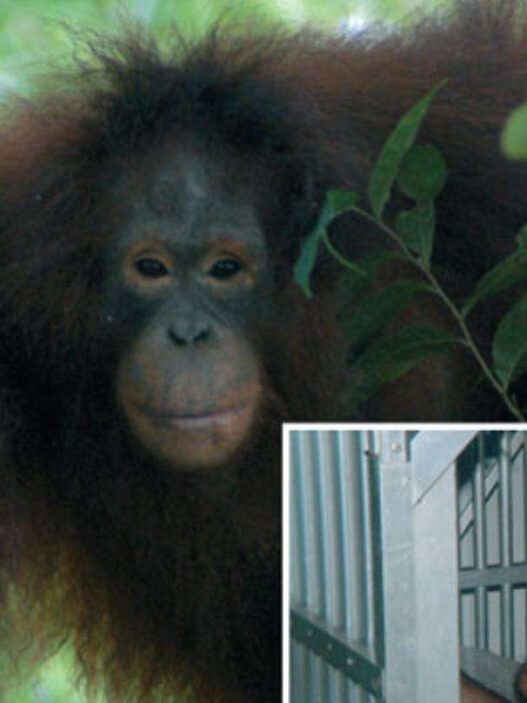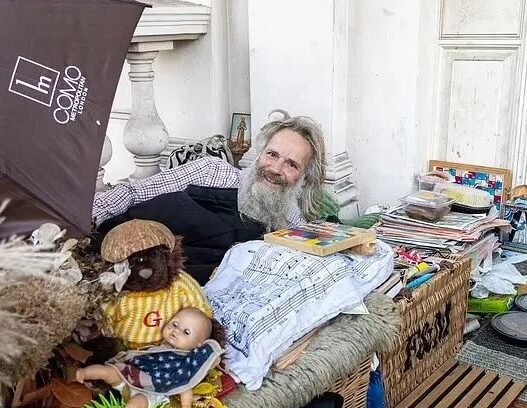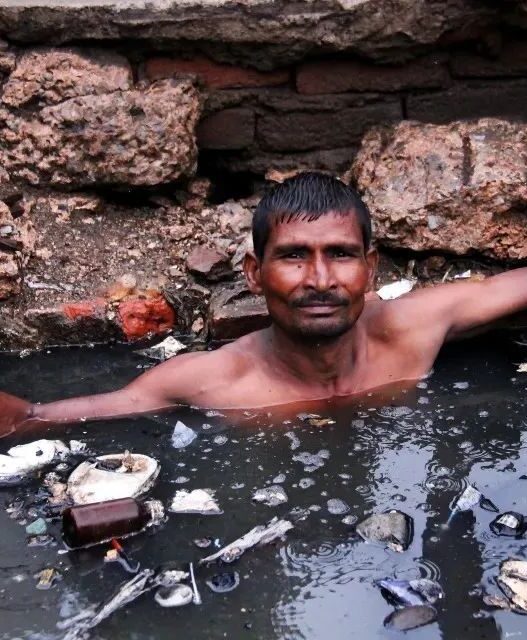India’s Aghori ascetics, known to outsiders as the “corpse-eating tribe,” primarily consume corpses, excrement, and other things that modern people find inedible. Their only taboo is not eating horse meat.
Sometimes, these individuals are also referred to as ascetics. They use the skulls of the deceased as bowls, smear themselves with the ashes of the dead, or keep one arm raised until it withers. They do not cut their hair, bathe, or wear clothes, using minimal coverings for modesty.
The Aghoris refer to themselves as practitioners of the Aghori path.
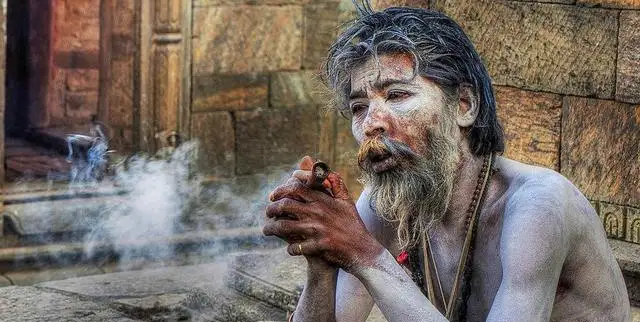
The Origin of the Aghori Practitioners
The founder of the Aghori sect, Aghoracharya Baba Keenaram, was born in 1601 in Varanasi, a significant city on the banks of the Ganges River in northern India. Varanasi, with its population of over a million, is a sacred place for Hinduism, Buddhism, and Jainism. It is where Buddha first preached the Dharma after enlightenment, in the Deer Park, which was visited by Xuanzang (Tang Monk) during his pilgrimage to India.
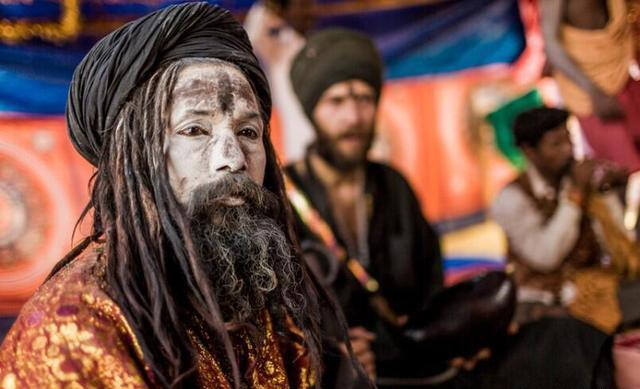
Three days after his birth, Baba Keenaram did not cry. Three monks came, held him, whispered something in his ear, and then he cried. The monks told his parents that their child would be an extraordinary person.
Despite the disdain of mainstream sects towards the Aghoris, they hold immense respect for Baba Keenaram, who is believed to be an incarnation of Lord Shiva, one of the three principal deities in Hinduism.
Baba Keenaram’s tomb is a famous religious site and tourist attraction in the region. Lord Shiva, known as the god of destruction, influences the Aghoris’ entire life cycle, centered around death and remains.
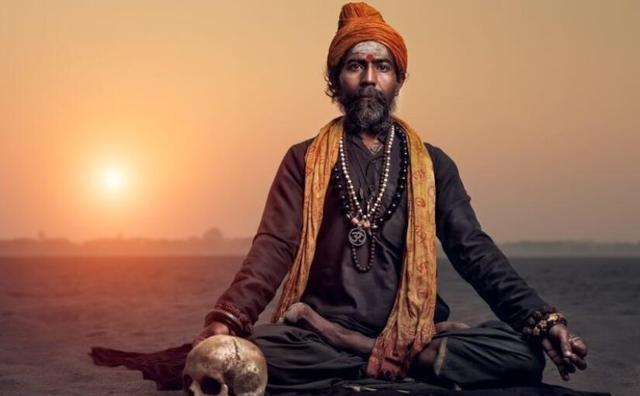
Hindu Cremation and the Aghori Diet
Hindus believe that cremation in Varanasi ensures the quickest ascent of the soul to heaven. Thus, Varanasi is a major site for cremations, with at least 300 bodies burned daily. The cremation requires at least 500 kg of wood per body, which has led to local deforestation. Only wealthy families can afford the cost of cremation.
Cremation doesn’t mean burning the entire body; once the skull bursts, the soul is believed to be purified. Families with limited funds might only partially cremate the body, leaving the rest for the Aghoris to consume.
Poorer families might directly dispose of bodies in the Ganges, ensuring an ample food supply for the Aghoris.
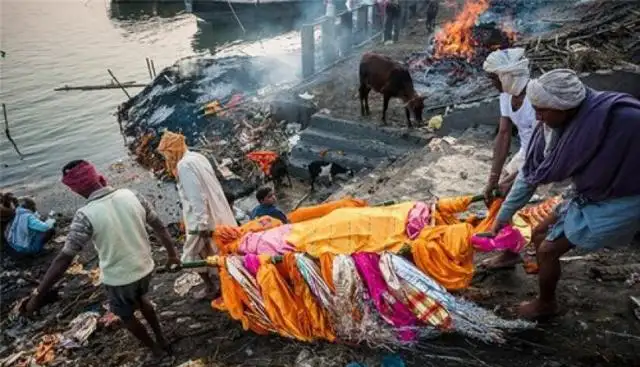
The Daily Life of Aghori Practitioners
Aghori practitioners believe that everything created by Lord Shiva, whether good or bad, should be treated equally. Their rituals aim to accept what is considered dirty, transcending the spiritual realm.
For Aghoris, beauty and filth, humans and animals, the living and the dead are all the same. Consequently, they have few taboos, do not shun contact with sex workers, and partake in mystical rituals involving alcohol, marijuana, and ash during meditation.
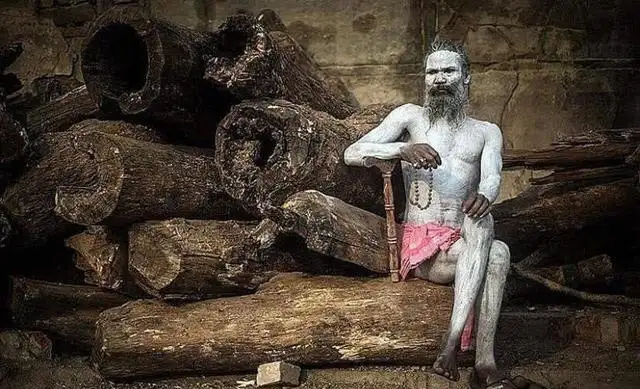
The Ganges River is sacred to all indigenous religions of India, serving as a place for purifying both the souls of the dead and the living. However, it also serves as a sewer for the cities along its banks, receiving untreated industrial and domestic waste.
Scientific monitoring has shown that the Ganges contains a radioactive bactericidal element that can kill some bacteria. However, due to the high volume of waste, bacteria levels remain dangerously high.
Aghoris do not deliberately seek out rotting corpses in the river; their primary feeding ground is the cremation grounds of Varanasi. They believe the brain of a cremated corpse is the best food. Only when there are not enough cremated bodies do they resort to retrieving floating corpses from the river.
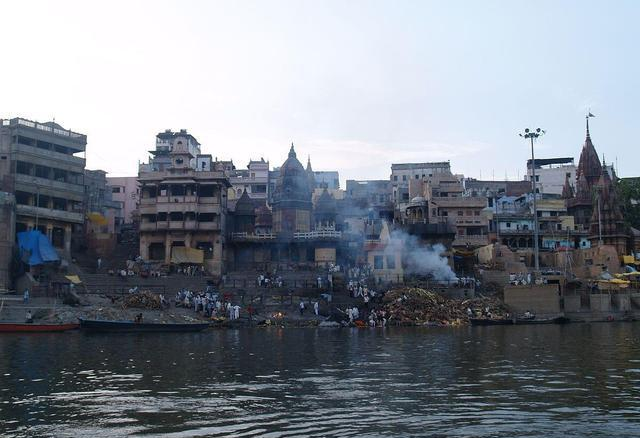
Why Aghori Practitioners Live Long
In India, Aghori medicine is akin to traditional Chinese medicine in status, with the key difference being the lack of Aghori hospitals due to the British colonial influence and the predominance of Western medicine.
Aghori practitioners are known for their longevity, with many living past 80, some even reaching 90 or 100 years old.

One reason for their longevity is their unique source of followers. Aghori practitioners are predominantly male, with a few females, and must have worked and been married before formally renouncing the world. This ensures that Aghoris are mature and experienced individuals.
After renunciation, they study under a mentor for 12 years, meaning a qualified Aghori is at least 40 years old, inherently raising the lower limit of their lifespan.
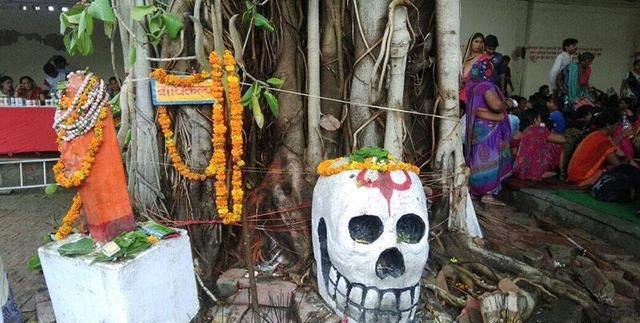
Scientific and Unscientific Explanations
Modern biology can explain some Aghori behaviors. Our bodies host a large community of microorganisms from our mouths to our intestines, weighing over two kilograms. These microorganisms are closely related to our health.
The Chinese saying “If it’s not clean, eating it won’t make you sick” seems to apply here. Even Western medicine has adopted a practice known as fecal microbiota transplantation, where patients ingest dried feces in capsules to treat certain conditions.
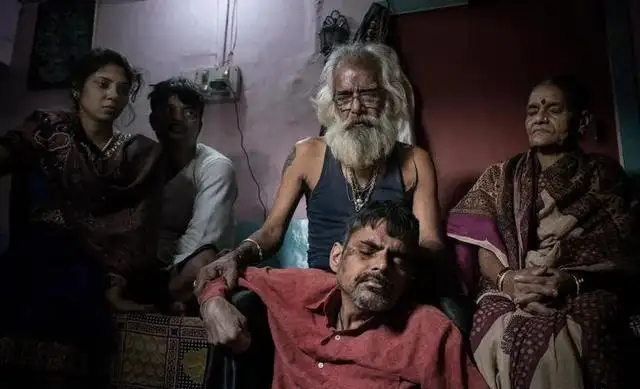
The longevity of Aghoris might be linked to their unique gut flora, which, once established, may prevent harmful pathogens from taking hold, thus contributing to their long lives. However, eating human remains carries a high risk of prion disease, where proteins fold incorrectly and can infect the nervous system, causing movement disorders.
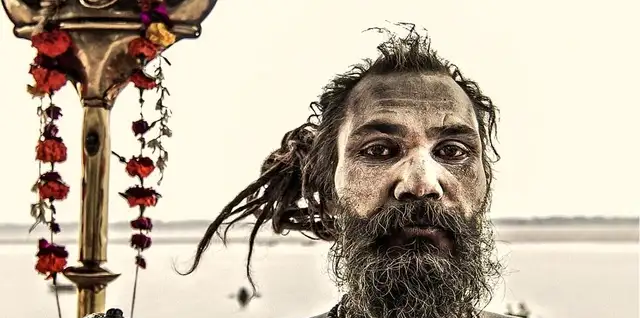
Despite their seemingly dirty lifestyle, Aghoris often have clear, bright eyes and show no signs of neurological issues, which remains unexplained.












